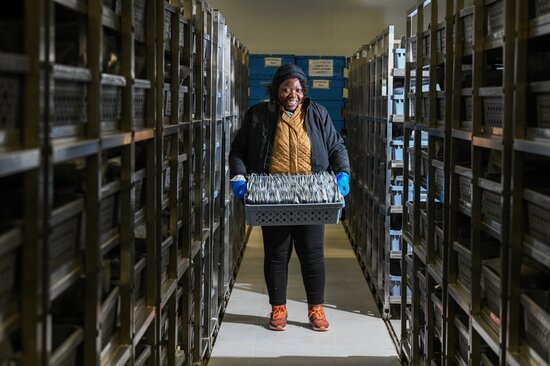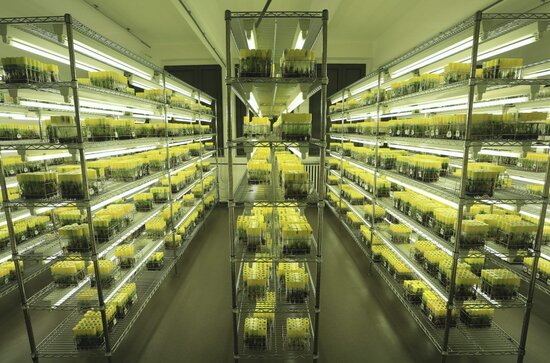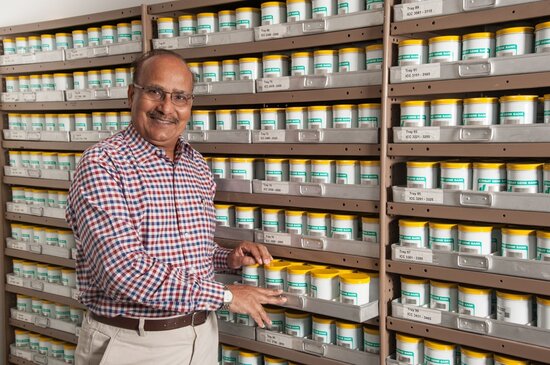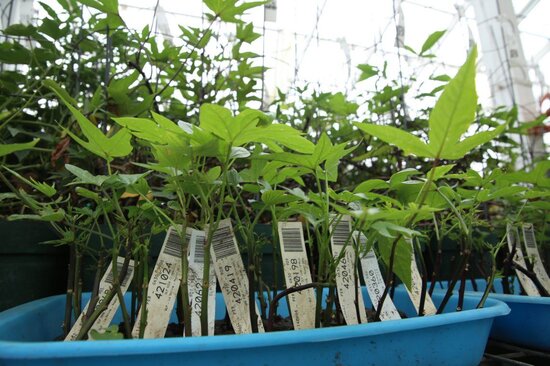Plants in Print
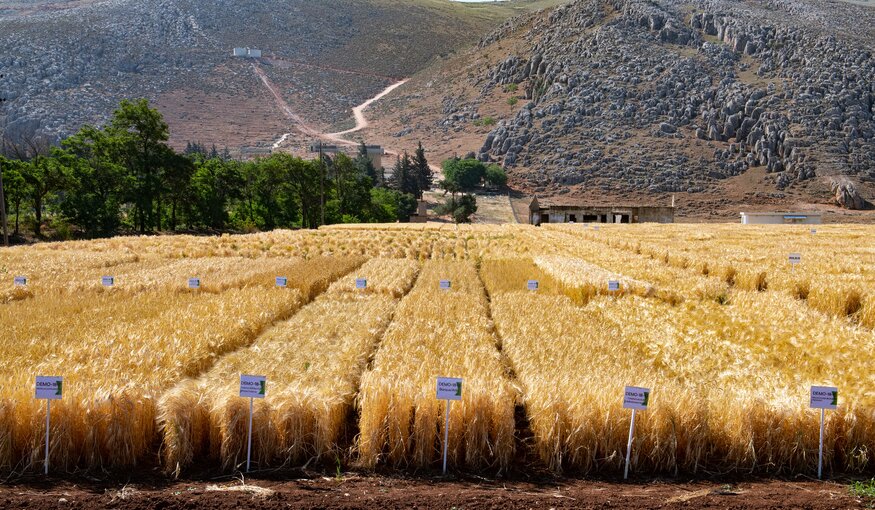 ICARDA Terbol Station in Beqaa Valley, Lebanon. Photo: Michael Major/Crop Trust
ICARDA Terbol Station in Beqaa Valley, Lebanon. Photo: Michael Major/Crop Trust14 April 2021
It’s not very often that books with state-of-the art information on plant genetic resources come out, so when one does, it’s worth celebrating, and not just because I happen to have contributed to it.
Plant Genetic Resources: A Review of Current Research and Future Needs covers both technical and economic aspects of crop diversity conservation. It’s an accessible deep dive into in situ and on farm strategies to protect genetic diversity, and approaches to enhancing the use of conserved germplasm—plus the many reasons to do so.
Of particular significance to the Crop Trust is the chapter “Valuing Plant Genetic Resources in Genebanks: Past, Present and Future”, which was written by Melinda Smale of Michigan State University, myself, with my colleague, Luigi Guarino.
This chapter discusses the different ways that researchers have approached the problem of calculating the value to genebank collections, and future prospects. It’s an incredibly relevant subject because we have not ended global hunger and the future will always be uncertain. There is no silver bullet to achieve food security, but it is clear that no effort can be sustained, or ultimately successful, without access to plant genetic resources, the foundation of our food and agricultural systems.
In writing this chapter, we drew upon lessons from the economics literature on the value of genebanks that began in the late 1990s, and updated that literature using a set of recent studies published in the special section of the journal Food Security, entitled “Genebanks and Food Security in a Changing Agriculture”.
We highlight three recurring, salient points.
First, genebanks get their value from diverse sources. Hence, a diversity of approaches is needed to document the multifarious ways that genebanks benefit society. No single methodology can capture the multiple kinds of market and non-market values associated with seed samples conserved in genebanks and the services they provide to users from both low- and high-income countries.
Second, there is an increasing recognition of the importance of data on the conserved germplasm, in addition to the physical seed material. Advances in genomics and informatics are revolutionizing the breeding model and allowing scientists to use available passport, characterization, and evaluation data more effectively. Data adds value to seeds.
Third is the need to establish priorities for collecting and conservation. As resources become ever more constrained, we must focus on the efficient management of genetic resources by taking stock of diversity gaps and identifying unique and valuable materials in international and national genebanks.
Ehsan Dulloo, the book’s editor, is an eminent expert in the field of genetic resource conservation. He gathered a range of experts involved in the management of crop diversity—from Perth, Australia to Svalbard, Norway—and I am humbled to be included in this group. Thanks to Melinda Smale and the Genebank Impacts Community of Practice of the CGIAR Genebank Platform for their support.
My hope is that this book will be a resource for students, researchers, scientists, and practitioners in plant genetic resources conservation and management for many years to come. The need for genebanks will never end, nor the need to make sure their value is recognized.
The opinions expressed here are those of the author(s) and do not necessarily reflect the opinions or views of the Crop Trust. The Crop Trust is committed to publishing a diversity of opinions on crop diversity conservation and use.
We'd like to hear from you about this or any of our other articles. Reach out to us with news tips or your thoughts at editor@croptrust.org.
This article was originally published on the CGIAR Genebank Platform website.
The CGIAR Genebank Platform, which ran from 2017 to the end of 2021, supported CGIAR Research Centers to fulfill their legal obligation to conserve and make available 750,000 seed samples of crops and trees on behalf of the global community under the International Treaty on Plant Genetic Resources for Food and Agriculture. The Platform supported day-to-day genebank operations, and activities to improve efficiency, enhance use and ensure compliance with international policy. This work was supported jointly by donor contributions to the CGIAR Fund and the Crop Trust Endowment Fund.
Categories: For Partners, For Students, Genebank Platform, Genebanks, Coffee, Food Security


